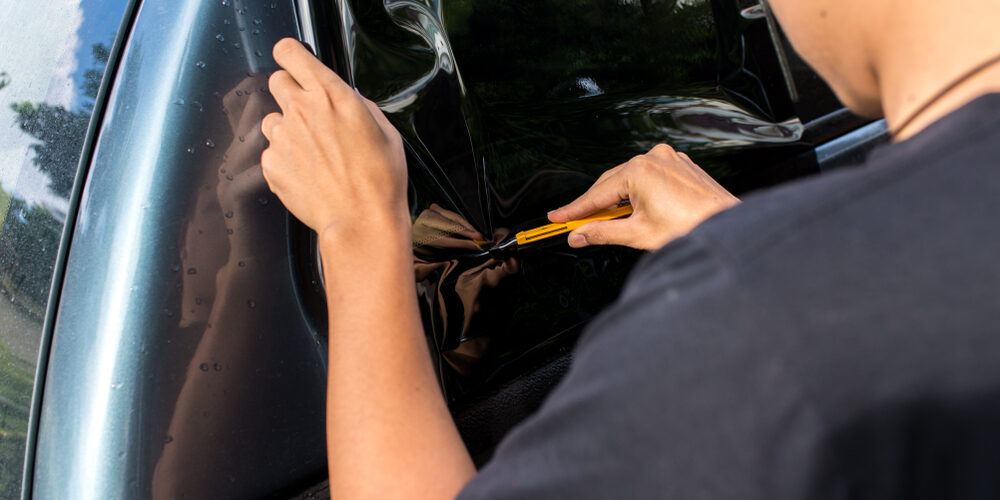When it comes to window tinting for vehicles, there’s often confusion about whether the tint is applied to the inside or outside of the window. Understanding the correct application method is crucial for the tint’s durability, effectiveness, and overall appearance. Let’s clarify the standard practice for window tint installation and explore why it’s done this way.
The Standard Practice: Inside Application
Window tint is typically installed on the inside surface of vehicle windows. This standard practice is followed for several key reasons…
Protection from Elements
- Durability – Applying the tint on the interior side shields it from external elements, such as rain, snow, and debris, which can wear down the tint’s surface over time.
- Scratch Resistance – The interior application also protects the tint from scratches caused by cleaning, ice scrapers, or accidental contact with objects outside the vehicle.
Effective Adhesion
- Adhesive Performance – Window tint films come with an adhesive side that’s designed to adhere optimally to the interior glass surface. This ensures a smooth, bubble-free application and maximizes the tint’s lifespan.
- Heat and UV Rejection – By placing the tint inside, it effectively blocks UV rays and reduces heat from entering the cabin, as the glass window itself offers an additional layer of protection for the tint film.
Exterior Tinting – Special Cases
While the standard is to apply tint on the inside, there are specific scenarios or products designed for exterior application…
Paint Protection Films
- Not Tint, But Related – Though not technically “window tint,” paint protection films are sometimes confused with tinting. These are applied to the exterior of a vehicle to protect the paint from chips, scratches, and UV damage.
Exterior Architectural Window Films
- Building Use – For buildings and homes, some window films are designed for exterior application. These are engineered to withstand weather conditions and are not typically used for vehicle windows.
Installation Considerations
If you’re considering getting window tint for your vehicle, here are a few tips to ensure a successful installation…
- Professional Installation – Opt for a reputable professional installer to ensure the tint is applied correctly, avoiding common issues like bubbling, peeling, or misalignment.
- Warranty and Care – Inquire about the warranty and proper care instructions to maintain the tint’s appearance and performance over time.
- Legal Compliance – Ensure the tint level (Visible Light Transmission percentage) complies with your local regulations to avoid legal issues.
Window tint is installed on the inside of vehicle windows as a standard practice to protect the film from external wear, ensure effective adhesion, and maximize its functional benefits, such as UV and heat rejection. By understanding the correct application method and following best practices for installation and care, vehicle owners can enjoy the aesthetic and protective benefits of window tint for years to come.






